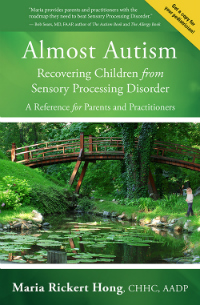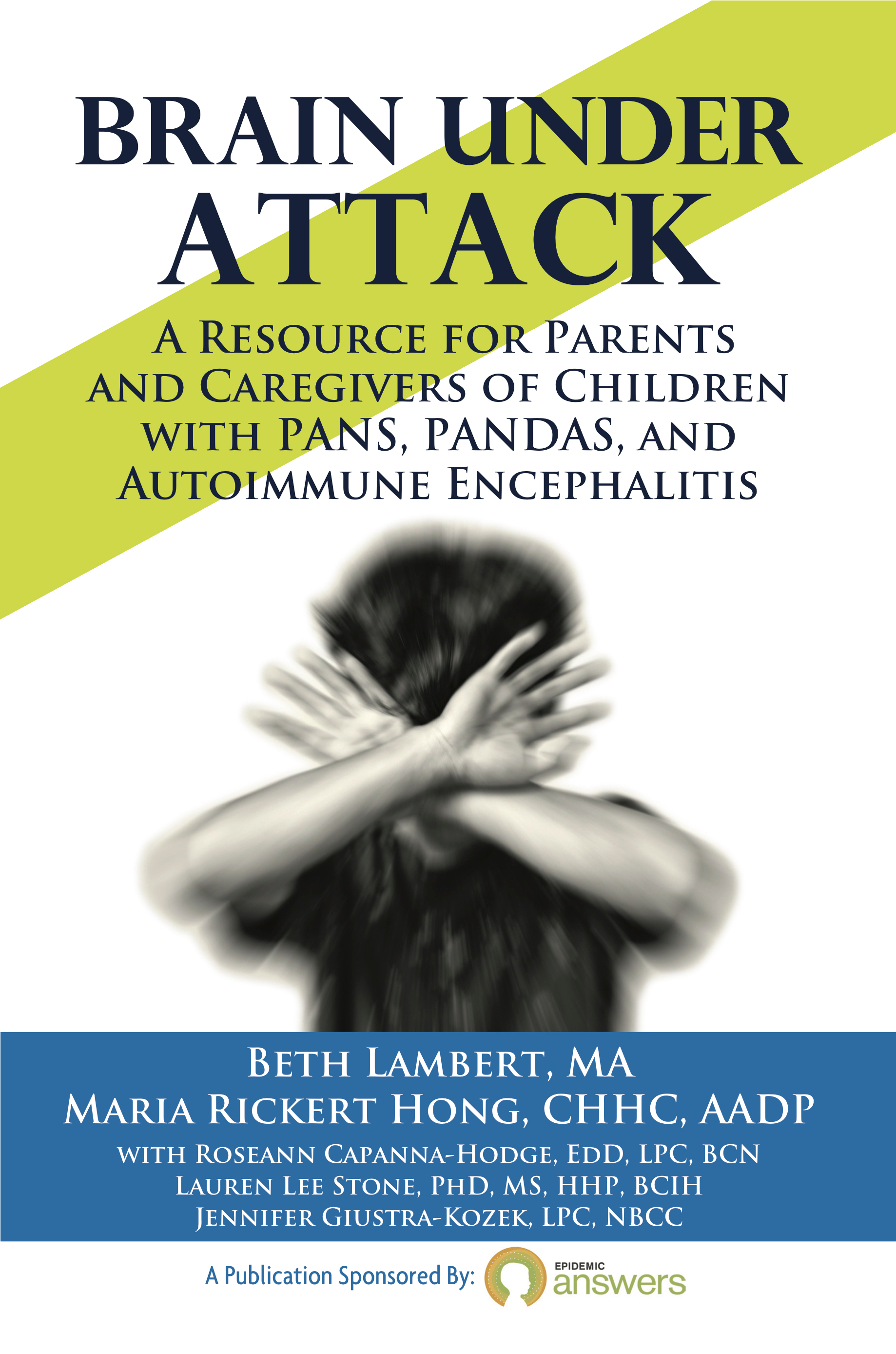I am fascinated with the use of essential oils (EOs) for feeling better physically, emotionally and spiritually.
Even the late Dr. Jeff Bradstreet gave a nod to them during one of his presentations at this year’s AutismOne conference.
In fact, Dr. Bradstreet said that certain essential oils for autism can modify the endocannabinoid pathway, an all-important biochemical pathway that is turning out to be a master regulatory pathway in the body.
Medicine is now seeing that an endocannabinoid deficiency is common in children with autism and other spectrum disorders.
Dr. Bradstreet noted that lavender, rosemary, hops, cloves, cannabis and black pepper essential oils for autism can modify this pathway. Cloves and black pepper EOs are high in beta-caryophyllene, a sesquiterpene.
Look for me to fill you in on more biochemistry of EOs in the future, but in the meantime, if you’d like to experience them yourself, you can click here (use code #1799845) to sign up as a distributor and save 24% off retail (they’ll need your social security number for tax purposes) or to simply buy them at retail (you won’t need to provide your social security number).
If you do sign up as a distributor, you’ll need to purchase $50 of product per month to stay active. Because I have fun playing around with essential oils, I found that I easily met this goal.
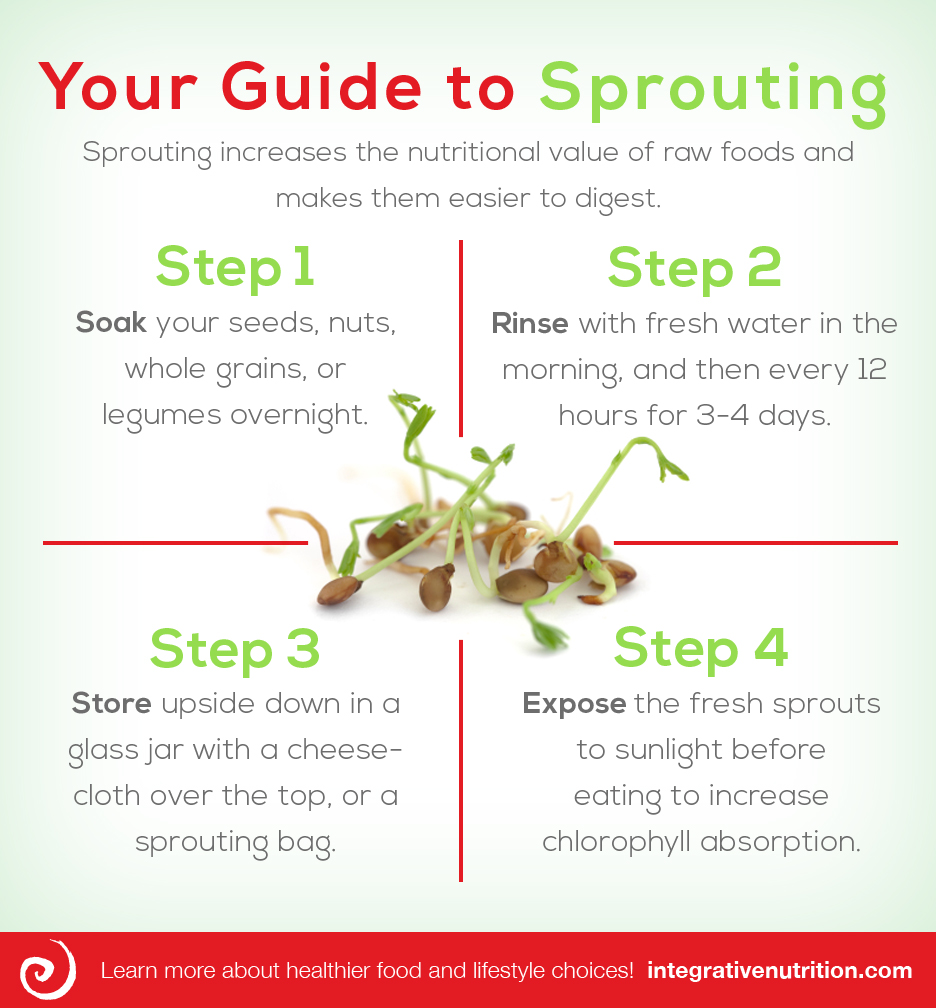
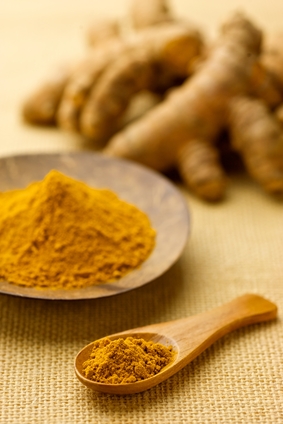

 Now, you might think it strange that I’m writing a book review for “The Diet Cure” by Julia Ross. While I am a health coach, I don’t specialize in weight loss. Instead, I specialize in helping people recover from symptoms of chronic neurological and/or autoimmune issues like autism, ADHD, allergies, asthma, SPD, lupus, fibromyalgia, Lyme and more.
Now, you might think it strange that I’m writing a book review for “The Diet Cure” by Julia Ross. While I am a health coach, I don’t specialize in weight loss. Instead, I specialize in helping people recover from symptoms of chronic neurological and/or autoimmune issues like autism, ADHD, allergies, asthma, SPD, lupus, fibromyalgia, Lyme and more.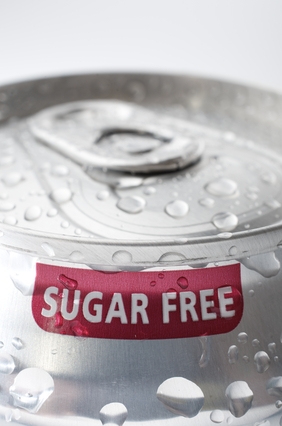 I saw another pleasant surprise in today’s Wall Street Journal: sales of diet sodas fell for the ninth straight year because more consumers are increasingly becoming wary of aspartame, the artificial sweetener used in diet sodas “despite decades of studies by the Food and Drug Administration and other government agencies”.
I saw another pleasant surprise in today’s Wall Street Journal: sales of diet sodas fell for the ninth straight year because more consumers are increasingly becoming wary of aspartame, the artificial sweetener used in diet sodas “despite decades of studies by the Food and Drug Administration and other government agencies”. I was pleasantly surprised to see an article in the Wall Street Journal: “A Delicious Prescription: Chefs and Doctors Are Teaming Up to Create Health Food You Might Actually Crave.”
I was pleasantly surprised to see an article in the Wall Street Journal: “A Delicious Prescription: Chefs and Doctors Are Teaming Up to Create Health Food You Might Actually Crave.”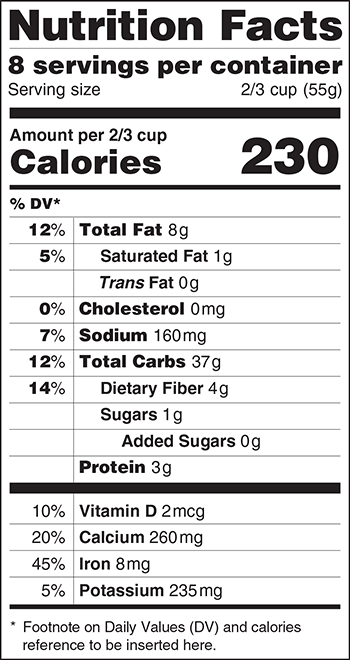 The Food and Drug Administration (FDA) has just announced proposed changes to the nutrition label. Overall, I think these changes might make a positive and meaningful difference to our country’s health, at least to those who pay attention to food labels. Here’s a breakdown of what I think are the positive changes:
The Food and Drug Administration (FDA) has just announced proposed changes to the nutrition label. Overall, I think these changes might make a positive and meaningful difference to our country’s health, at least to those who pay attention to food labels. Here’s a breakdown of what I think are the positive changes: I’ve said it before, and I’ll say it again: Sugar is as addictive as drugs! Sugar activates the same pleasure centers in your brain that hard drugs like morphine and heroin do, and you get a dopamine rush from consuming it. No wonder it’s so hard to give up!
I’ve said it before, and I’ll say it again: Sugar is as addictive as drugs! Sugar activates the same pleasure centers in your brain that hard drugs like morphine and heroin do, and you get a dopamine rush from consuming it. No wonder it’s so hard to give up! A lot of people are going gluten-free these days – is gluten free hype or a real and growing trend?
A lot of people are going gluten-free these days – is gluten free hype or a real and growing trend?